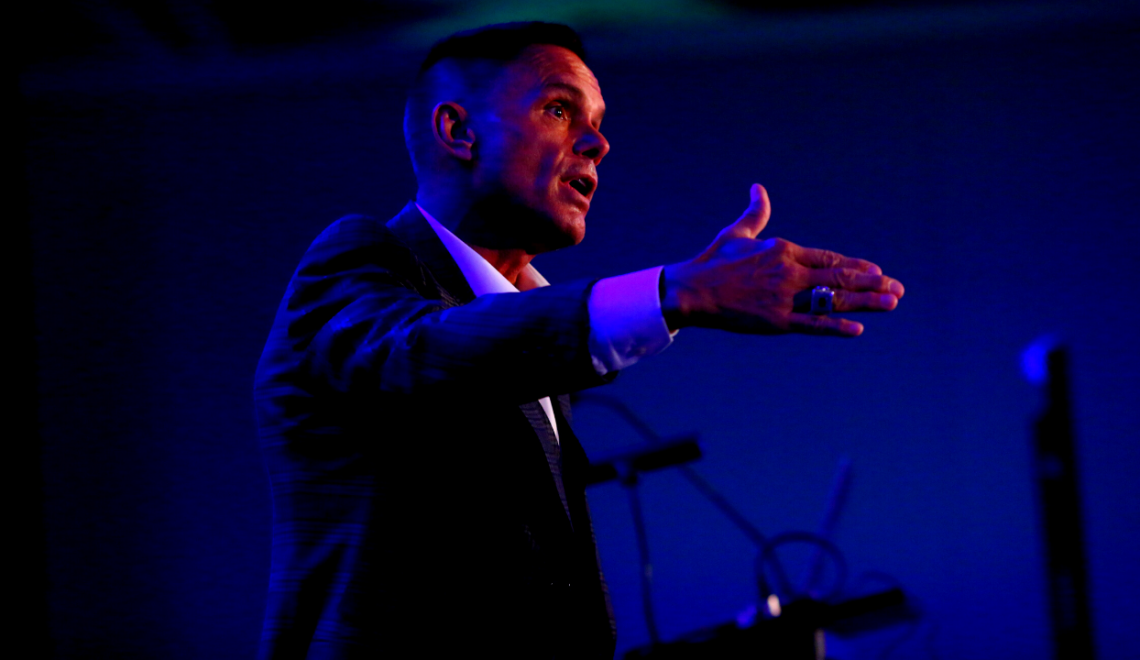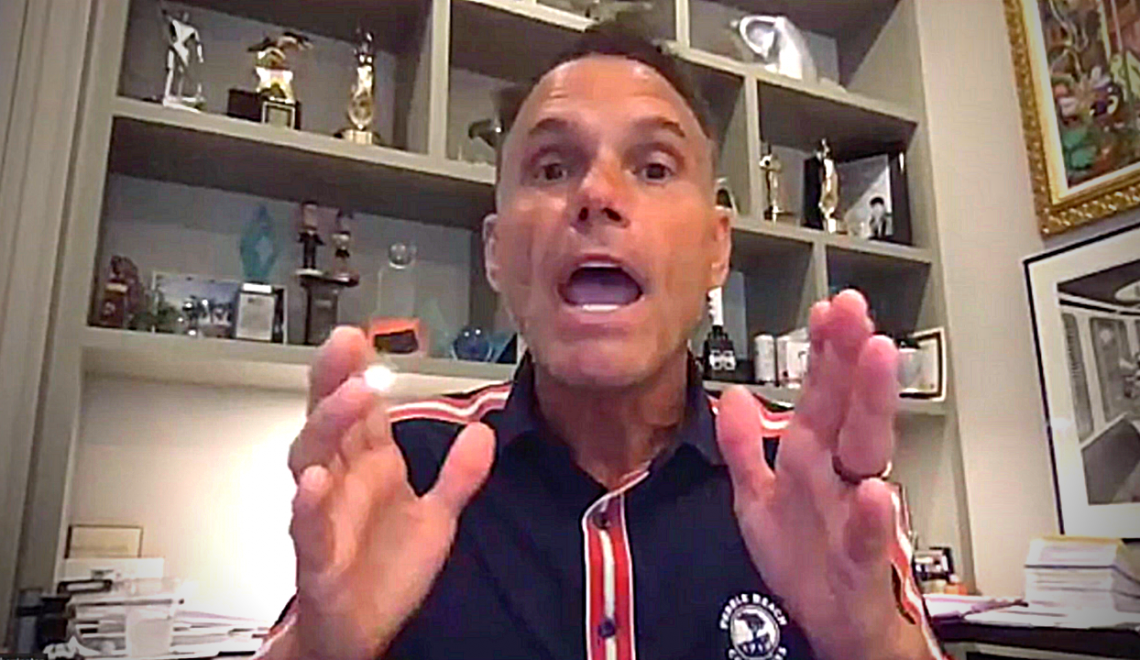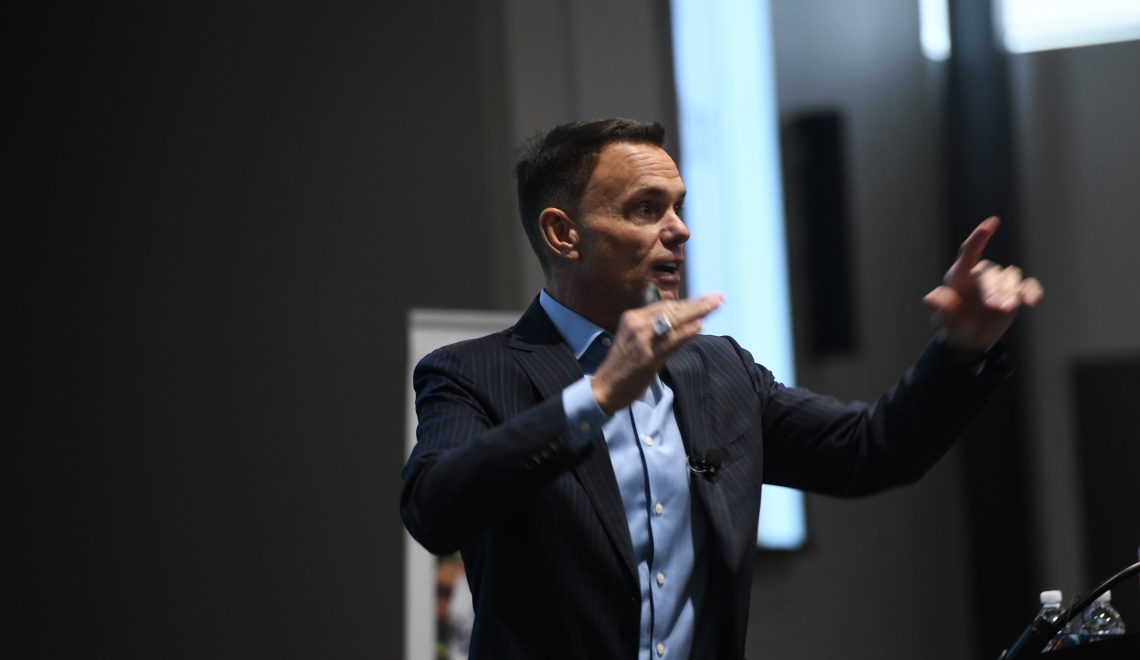
Many times customers have their minds made up before you ever pick up the phone or walk in their door.
Why? The answer is surprisingly simple.
It’s because they’ve been sold to by a salesperson far more often than they’ve been listened to by a salesperson.
If you can develop the skill of listening to your customer, you will become someone they are delighted to see, rather than a salesperson they rush to avoid.
Delight vs. avoid… you choose.
Putting Questions to Work
“Asking the right questions takes as much skill as giving the right answers.” —Robert Half
The old proverb says you have two ears and one mouth, so you should listen twice as much as you talk. The best salespeople live by that wisdom.
The best way to overcome the natural tendency to talk about what you are selling is to ask questions. My sales mentor, Zig Ziglar, taught me something he called The 3 Question Close.
I’ve often used it to put the power of questions to work and close more sales. It employs yes or no questions in a powerful way to eliminate the fear of loss.
The fear of loss is a powerful motivator that compels your customer to take action.
Here’s how it works:
The Three Question Close Method to Makes Millions
The three question close is just like it sounds–three simple yes or no questions that change your customers perception and compel them to take action.
These are the three questions:
Question 1: “Can you see where our [product or service] would save you money?”
This question begins the fear elimination process. You are now speaking to your prospect on an emotional level and connecting what they want (to save money) with what your product or service provides (the benefit.)
“It’s not that they can’t see the solution. They can’t see the problem.” —G.K. Chesterton
Question 1 helps them see the problem for what it is and come to the right conclusion—you can help them save money.
Question 2: “Are you interested in saving money?”
The answer to this question may seem quite obvious, but it must be asked. It brings the prospect from the world of emotion into the world of logic.
Even if they simply reply “yes,” in their head, they’re agreeing with you and saying, “Of course, I’m interested in saving money. Any person in their right mind is interested in saving money.”
By the prospect’s own admission, your product or service would save them money. And they are adamant in their desire to save money.
You’ve eliminated one of their objections by their own admission.
Question 3: “If you were ever going to start saving money, when do you feel would be the best time to start?”
This somewhat humorous third question calls for immediate action. It also reminds them emotionally that failure to take action might result in further losses of money.
If—and that is a big “if” —you have made your presentation in such a way that you can expect an affirmative answer to question one, then the process will work for you.
The Right Questions Trigger Immediate Action
“My greatest strength as a consultant is to be ignorant and ask a few questions.” —Peter Drucker
Learning to ask the right questions is both an art and a skill. But when you master this skill you become an ally of your customer.
Don’t be afraid to “be ignorant and ask a few questions.” This method works because it puts the burden of explaining why they are saying “no” back on the customer and forces them to think through their objection.
Serve your customer, add value to them, and ask the right questions and you’ll close more sales every time.
Ready to Upgrade Your Sales Success?
I’ve created a cheat sheet to start multiplying your own sales success, immediately. If you follow this proven 3-step process, your sales will skyrocket.






